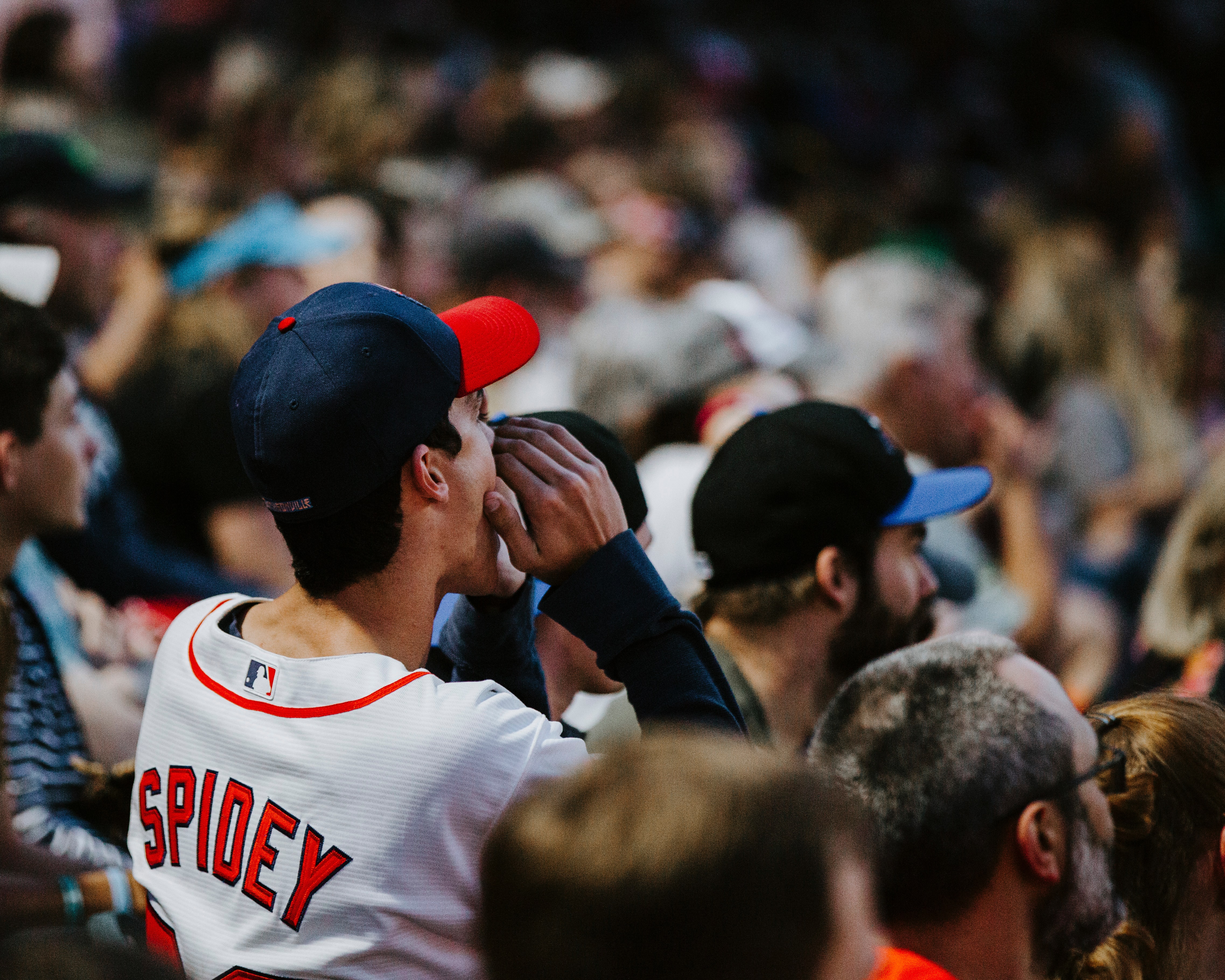At the end of the day, MLB is all about the product: are people “buying” what they’re selling and coming back hungry for more?
The league has struggled to retain and increase viewership numbers for a number of years now, and calls to “grow” the game by focusing on highlights and bright young stars have been persistent from fans.
During the 2019 season, attendance was at a twelve-year low, with many chalking the lack of fans up to length of the game and diminished offense. Simply put, people don’t get excited about a low-scoring game where the ball is put into play once every ten minutes and the whole affair takes more than four hours to complete.
Baseball is the only major sport without a set amount of expected play time: basketball and football have four quarters and overtime, hockey has three periods.
While pace of play in those sports, coupled with intermissions between quarters/periods, can elongate the overall watch time, there’s generally a good idea for how long a game will take. In the MLB, it depends on the time between pitches, number of pitches in an at-bat, how many hits a team racks up in one inning, etc. 
A lot of folks my age don’t watch all that much baseball; as a Sox fan since diapers, it’s hard to fully lose my passion for the sport. Even if the Sox are bad, I’ll still try to catch a few innings or keep an eye on the scores.
So how do you draw people back? How do you re-engage with an uninterested demographic? How do you “grow the game” and elevate it back to the status of “America’s pastime”?
The MLB is wise to hype up its young superstars, the human rocket-launchers of the league who light up opposing pitching with a wide grin on their faces, the pitchers with cannon arms and devious change-ups making batters look like deer in the headlights.
Heck, there’s a guy who does both of those things playing for the Los Angeles Angels right now and the MLB is rightfully putting him on everything. The league even changed the rules to accommodate him, introducing the “Shohei Ohtani rule”, allowing a player listed as both pitcher and designated hitter to continue hitting if they are replaced by a reliever on the mound or continue pitching if replaced in the order by a pinch hitter.
Reward skill and dominance instead of hindering it; I went to a baseball game specifically because Ohtani would be on the mound and I was far from the only person in attendance for that reason.
Beyond the players, how does the MLB create a more appealing product for a wider audience base? The answer, as it has been every time attendance has dipped, is change the rules.
Last season, the league experimented with a new extra innings rule: each team puts a runner on second base at the start of their at-bats in every inning. This makes scoring easier in extra innings much easier, which in turn increases the likelihood that a game ends sooner rather than later.
This year it’s back, accompanied by some other rule changes aimed at increasing offensive output over the next few seasons.
Perhaps most notable, aside from the extra innings runner, is the universal designated hitter. While it was fun every now and again to see pitchers get hits off each other every now and again, forcing them to bat meant a borderline-guaranteed out in the line-up. Not so much fun.
Putting someone who is assigned to be a strong hitter and do nothing else ups the likelihood of hits and runs for a game, which in theory makes the game more fun to watch as a whole.
In addition, it means that players who have an injury that prohibits them from fielding may still be able to help their team out in the lineup. Look at Bryce Harper, who had a UCL tear in May that prevented him from throwing. Instead of sitting on the bench, he’s been playing DH and powering the Phillies offense. Watching Harper, one of the game’s bonafide stars, demolish opposing pitching is much more fun than watching him sit in the dugout while still able to bat.
Already the MLB is morphing their brand of baseball into a hitter’s game, one where runs reign supreme. Beyond the changes implemented this season, look at the “sticky stuff” ban from last year. The aim was to reduce spin on the ball and reduce artificial aids to a pitchers’ tools. Removing the sticky stuff means pitches may move or break more slowly as they come at a batter; the reduced control contributes to more balls and passed balls, which means more runners on base and more opportunities to reach scoring position.
Training hitting skills with tools like MaxBP will better prepare younger players for success at higher levels of baseball. That’s not to de-emphasize other baseball skills, as fielding, pitching, catching, and base-running are all integral parts of the game. Rather, with the rules of the game giving hitters a favorable advantage, capitalize on those changes to boost your game even further.

